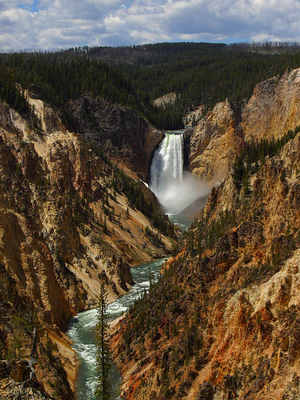Hyperpigmention remains one of the top skin issues facing people today. It is not exclusive to age, gender, race, or skin tone. For many women, it strikes during hormonal changes, such as pregnancy.
For the most part, harsh chemicals, bleaching agents, and laser treatments have been the main stay of the professional attack on hyperpigmentation. They are not always helpful in ridding patients of the discoloration, nor are they always safe. Pregnant and nursing women are especially excluded from many of the treatments and products currently available, while they are the largest single group of sufferers.
Hydroquinone is the most well-known and widely used ingredient in skin care products meant to treat hyperpigmentation. While effective, it has been linked to severe side effects and is listed as a carcinogen in many countries. Hydroquinone has also been linked to high mercury levels in adrenal glands of users, even for short periods of time, and the suggested cause of ochrononis.- the thickening and darkening of the skin. To date, it is a banned item in Japan, EU, and Australia. In the US, the FDA has proposed a ban of hydroquinone products below prescription strength. This would include any product with up to 2% hydroquinone or any derivitive of hydroquinone.
Arbutin is the less popular relative of hydroquinone. Although it is effective, it carries the same side effects of hydroquinone. The general thought is that this is on the list of soon-to-be banned ingredients worldwide.
Kojic Acid is also widely used, but tends to be unstable in most formulations. The instability of this ingredient makes it difficult to create a formula that will provide the necessary amount of kojic acid to properly treat standard hyperpigmenation issues.
During the return to natural movement in the skin care industry, a search for cleaner, safer ingredients that will effectively address hyperpigmentation has been at the top of the list. There are many natural ingredients that show promise, but the concentration necessary to prouduce visable results has been an issue. It is either a cost or preservation issue, for most formulations. Out of practicallity, a blend of chemical and natural seems to be the current best solution. This methods offers both gentle and effective treatment of hyperpigmentation to all, including pregnant and nursing women.
One product, sucessful in the mix of safe and effective, is the Amla Skin Brightening Lotion from Anokha Skincare. For Anokha, plastic surgeon Dr. Nina Naidu, has sucessfully blended nature and science. The Amla Skin Brightening Lotion contains Hexyresorcinol, a safe and effective skin lightening agent, and the Amla fruit, long used in South Asian cultures for it’s lightening properties. Adding to these two effective agents, licorice, saffron, mulberry, and sandalwood are included to boost the efficacy of the product. Studies show this to be four times more effective than hydroquinone products, without any listed side effects or skin irritation.
The Amla Skin Brightening Lotion, along with the entire line, are formulated to be safe for pregnant and nursing women. Any product that is safe for these women to handle or use is certainly safe for the remaining population. Amla Skin Brightening Lotion can be found at: www.anokhaskincare.com


